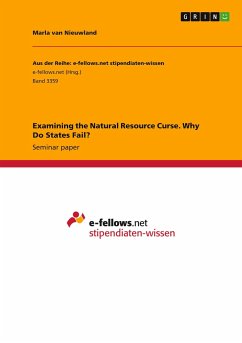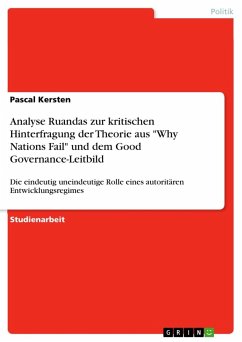Essay from the year 2018 in the subject Politics - International Politics - Topic: Globalization, Political Economics, University of Göttingen, language: English, abstract: "An estimated 766 million people, or 10.7 percent of the world's population, lived in extreme poverty in 2013." (World Bank 2017, p. 1) As if these numbers itself weren't enough sign of the great inequality in incomes after centuries of prosperity, following the World Income Indicators, more than half of the people living under these circumstances originate from one region, Sub-Saharan-Africa. Maybe as long as growth has been observable, controversies about the causes and its inherent erratic distribution flourished. Over time, many hypotheses have been proposed, discussed and rejected. Two of the ones that managed to establish themselves are subject of this essay. More specifically, what their key arguments and empirical support are. One the one hand, the institutional theory of growth promoted most notably by Acemoglu and fellows (2012; 2005). On the other hand the geographic theory of growth, proposed by Sachs et al. (1998; 1999).Plan of the essay is as follows. Chapter II will describe the institutional theory of growth as described in Acemoglu and Robinson (2012). Chapter III assesses the key factors and their empirical support of the institutional and geographic growth hypotheses respectively. Followed by Chapter IV, which gives insight on surrounding literature. Chapter V discusses the main problems of each line of argument, concluding that the institutional model offers more consistency.








